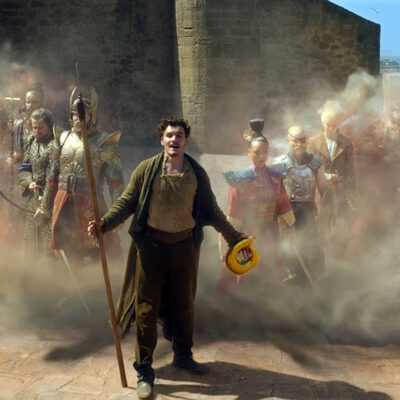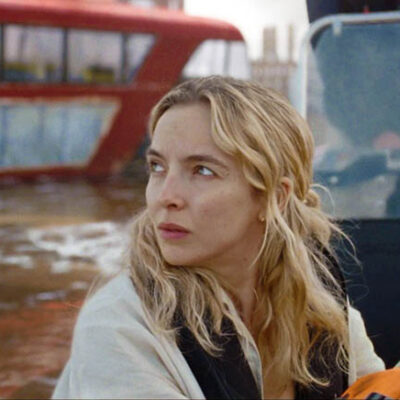By TREVOR HOGG
Going from an independent film produced in New Zealand on a budget of $3.5 million to a Hollywood adaptation with a production cost of $200 million, director Niki Caro has kept things in perspective and has retained the same ethos for Mulan, the live-action re-make of the 1998 Disney animated film, that she had when making her international breakthrough Whale Rider (2002).
“I got to work with all of the best tools in the toolbox on this one,” says Caro. “I loved every second of it and being able to stretch my filmmaking to this genre and scale. But the storytelling is exactly the same.”
Caro had previously worked with special and visual effects, but nothing at this massive scale before. “No, but, boy, was that latent within me. I was provided an opportunity by Disney to show them my vision, and was given a team of people and previs. The first thing that I did was previs the biggest sequence in the film.”
In order to repel the invading Rourans, the Chinese Imperial Army conscripts one male per family, which causes Hua Mulan (Liu Yifei) to take the place of her father by posing as a man. “I was leery of visual effects,” admits Caro. “I’m an in-camera girl, and the film was built more like Lawrence of Arabia than Marvel. We were out in real landscapes, had real horses charging across real battlegrounds, and real actors and stunt people.”




















